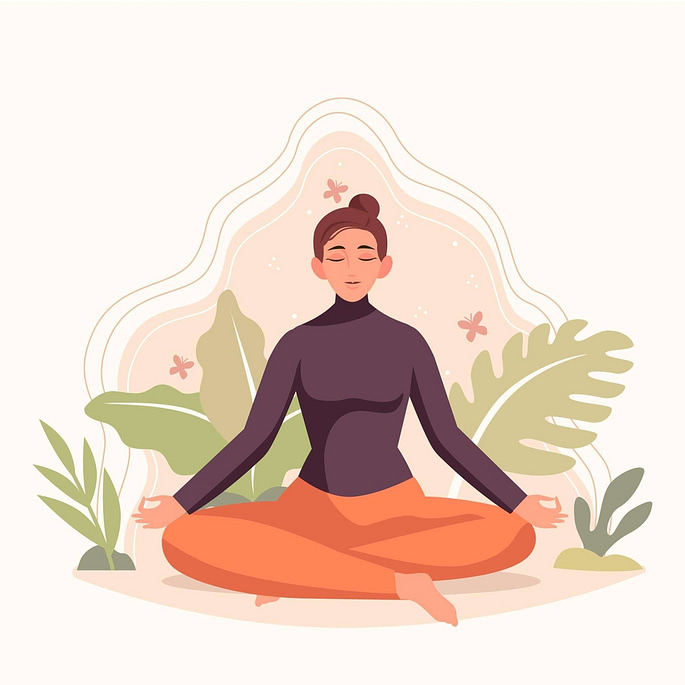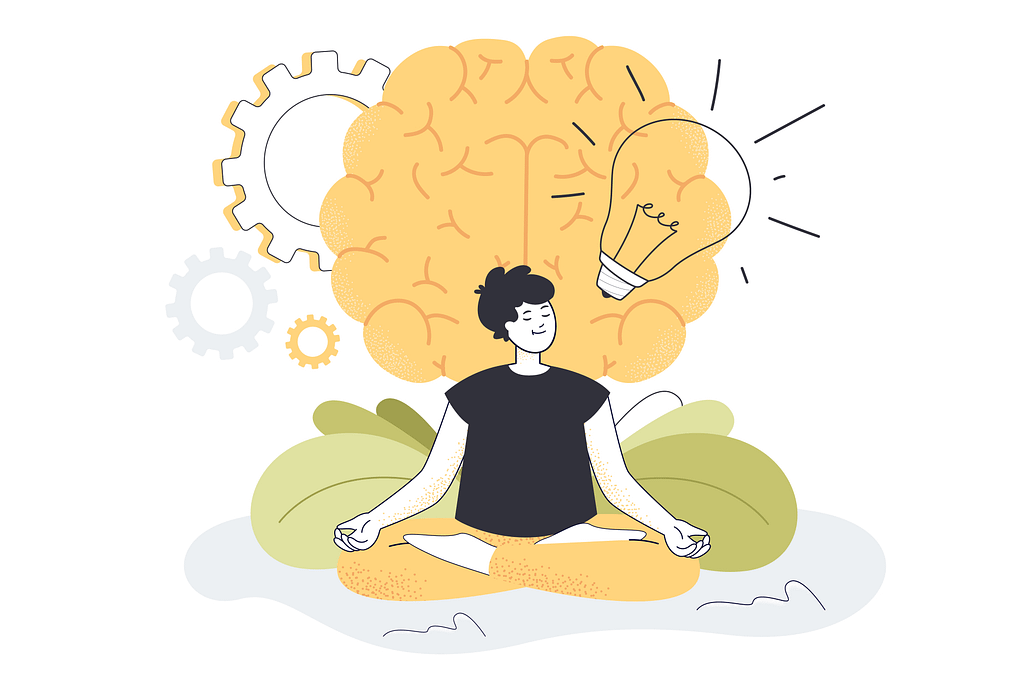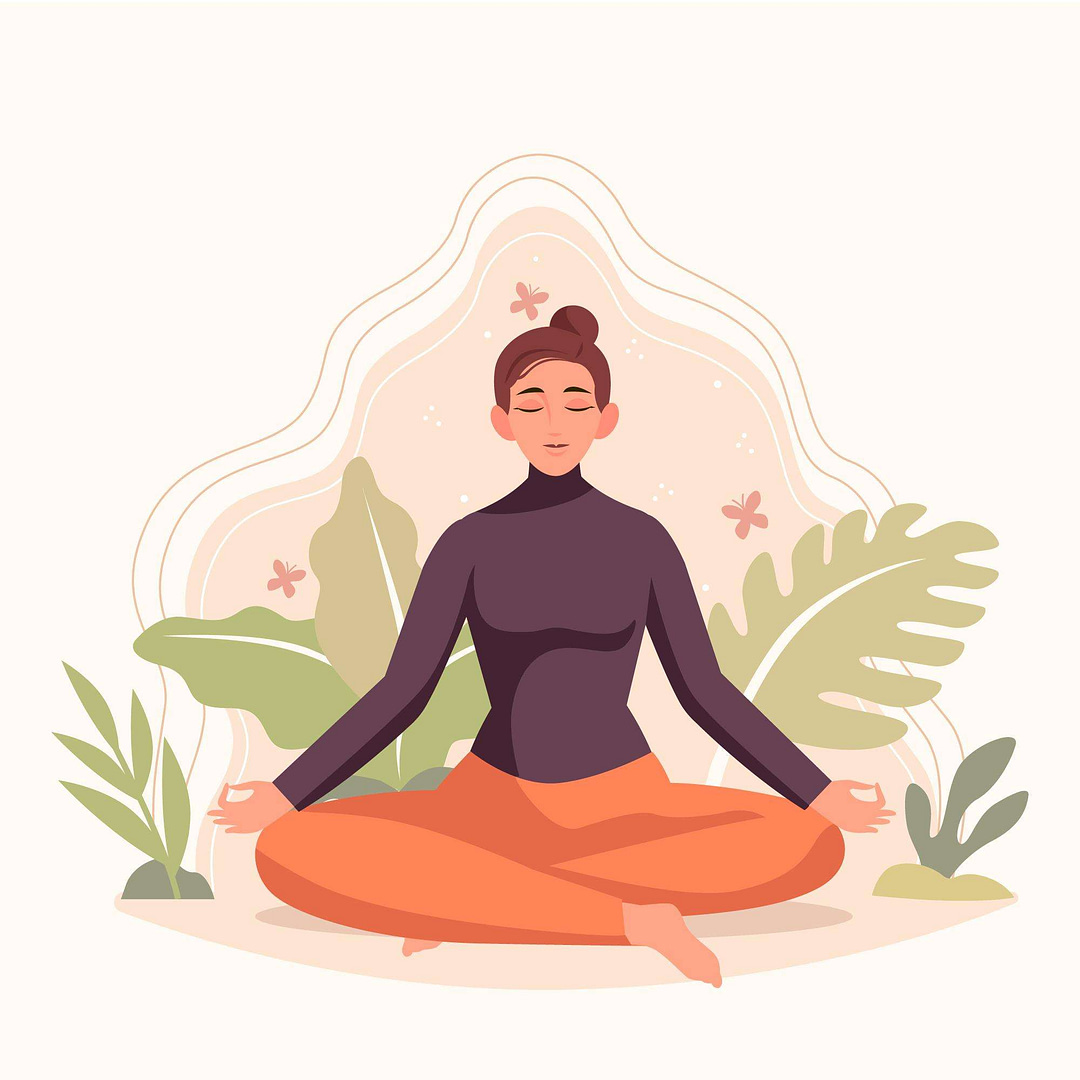This article contains benefits and techniques for how to meditate as a beginner.
Meditation can provide you with a sense of quiet, peace, and harmony, which can enhance your emotional well-being as well as your general health. You can also utilize it to relieve stress and relax by concentrating your attention on something calming. Meditation can help you learn to stay balanced and at peace within yourself.
It’s very challenging for a beginner to sit still for long periods of time or to experience an “empty mind.” But considering the benefits of meditations (improve focus, lower blood pressure, improved blood circulation, lower heart rate, less anxiety, more feelings of well-being, less stress, deeper relaxation) you will feel that it was all worth doing.
12 minutes of meditation five days a week can protect and increase your span of attention.
How To Meditate – Steps to follow for the Beginners
Sitting Position

Pick a place to sit that feels quiet and peaceful to you.
Ensure to sit straight with a tall spine. Many of us find it challenging to achieve this. We are not used to worrying about our posture in our daily lives, and sitting tall is difficult. Many of us sit on our sitting bones naturally, which is known as a posterior pelvic tilt.
When we meditate, however, we want to maintain a slight anterior pelvic tilt so that the low back curvature remains neutral. We also want to make sure our hips are higher than our knees to avoid blocking blood flow to our feet and lower legs. Nobody loves the pins and needles sensation of their legs and feet falling asleep. This is where a meditation cushion can make all the difference. Sit on the cushion with your hips higher than your knees. Check that you’re sitting on the front edge of the cushion, allowing your low back to have that natural gentle curve. Finally, stack the shoulders over the hips. The crown of the skull is right above the tailbone.
Control your Breathing

Follow the sensation of your breath as it goes in and as it goes out.
The second step in meditation is to draw your senses inward. Close your eyes, dim the lights, or practice a breathing method such as alternate nostril breathing, Nadi Shodhana, or Sitali Pranayama. Doing some breathing exercises while closing your eyes will most likely communicate to your neurological system and body that you are shifting from an outward to an inward focus.
Clear Your Mind

Concentrate on your breathing without attempting to manipulate its rate or intensity. If your mind wanders, bring it back to your breath.
You need to sit watch your breath and try to clear your mind. It’s very common for you to be unable to stop thinking. You can keep your attention focused on the breath by noticing the physical sensations it causes the body and allowing your mind to rest on the senses rather than on the thoughts. It isn’t easy, and it takes a lot of practice to do this.
The technique that help you to sit in silence was focusing on your breath constantly. Think of your thoughts as clouds passing through the sky. Labeling your thoughts like love, worry, fear, and anxiety to help you realize they aren’t you, so does it will bring your attention back to the present moment and your breath.
Visit usauptrends.com for the newest trends.

what kind of music is helpful for meditation?
[…] days when meditation was regarded as an unpopular practice are long gone. Today, virtually every successful person […]
Your article helped me a lot, thanks for the information. I also like your blog theme, can you tell me how you did it?
I want to share your article link to my website